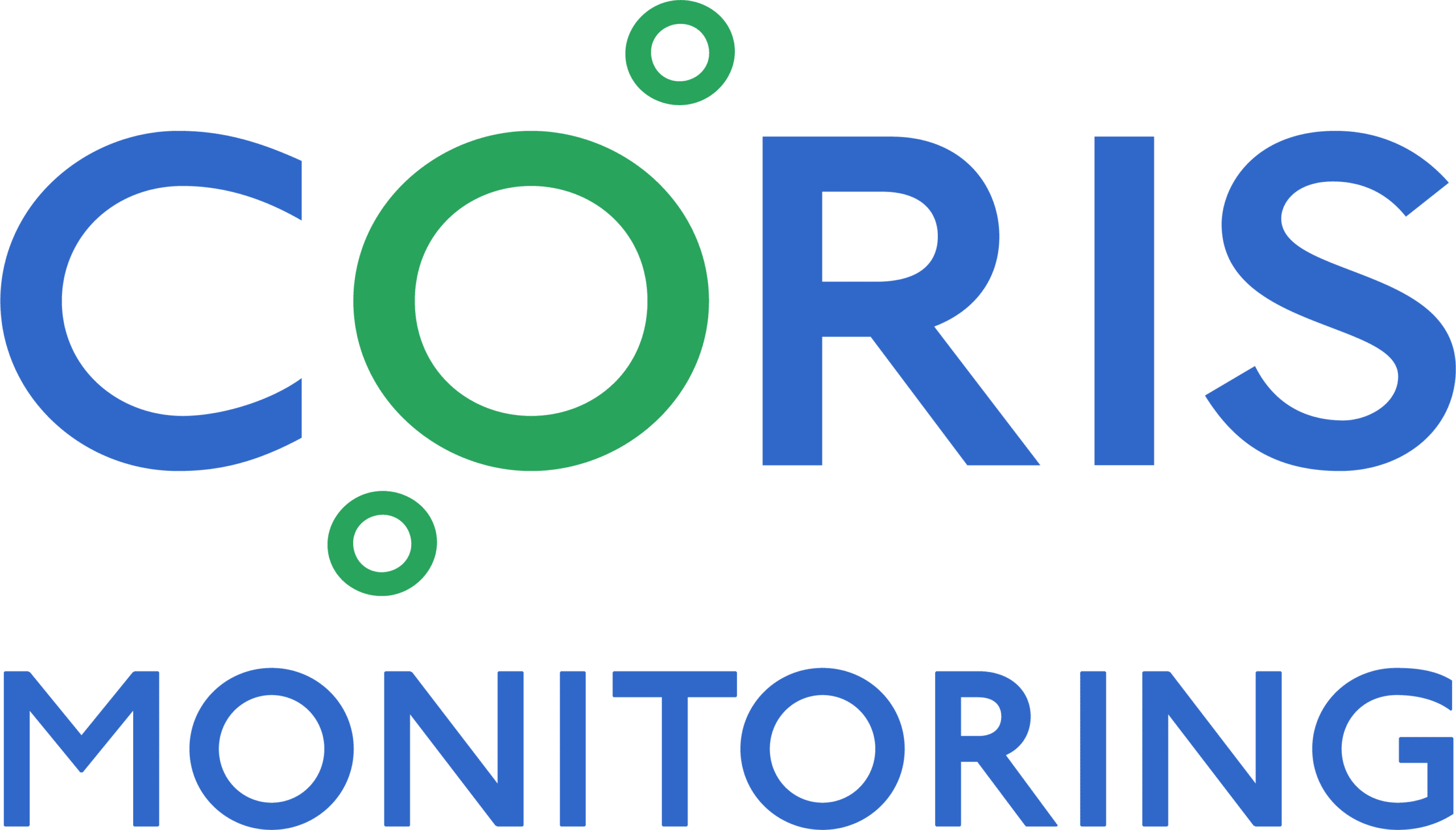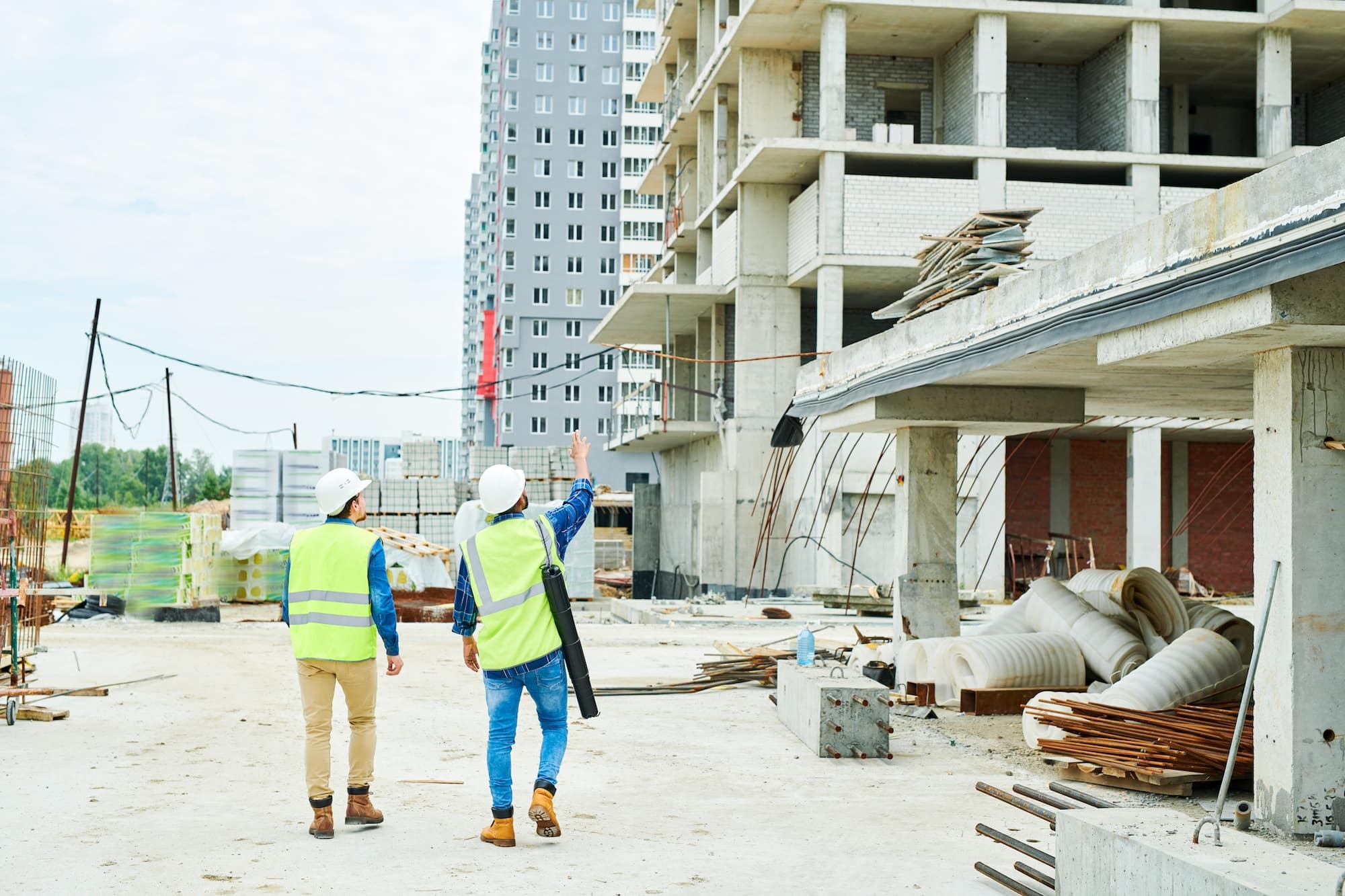Environmental risks are an inevitable part of construction projects — whether it’s a matter of a new build or a renovation. Significant variations in temperature, humidity, and CO2 levels can not only impact the quality of a project’s outcome, but it can also affect the safety of the construction site for crews.
The most effective way to counteract these risks is with an environmental monitoring system. With real-time temperature, humidity, and CO2 level readings made accessible to construction personnel from any device, you’ll have greater control and peace of mind over your project site.
Here are a few examples of how environmental monitoring in construction delivers benefits.
1. Prevent Frozen Pipes During Construction
Cold weather can hit abruptly in various locations — and when it does, it’s possible that exposed pipes on a construction site will get cold enough to freeze. Monitoring the temperature of water and hydronic heating pipes during construction will let you know before freezing occurs. This saves you the headache of costs, disruptions, and delays that affect building owners, customers, and project/finance managers alike.
2. Prevent Swelling & Twisting of Wooden Structures
If the humidity is too high or low on a construction site, wood can warp. This can cause permanent damage to wood floor boards, mill work, wood molding, wood cabinets, and more — with replacement typically required. Aside from the cost, the replacement process usually has long lead times that can delay the timeline of the construction project. Monitoring humidity in the environment alerts you to hazardous levels before expensive structural damage occurs.
3. Navigate Humidity-Sensitive Tasks
No construction crew wants to do all the work of putting up drywall, only to find out it has to be redone due to the effects of high (or even low) humidity levels. With humidity monitoring, you can be confident of quality outcomes before performing these types of humidity-sensitive tasks. That’s less work for construction crews in the long run, and faster project completion times.
4. Maintain Safe CO2 Levels
In closed off areas with poor circulation, CO2 levels can rise to a point where there are health and safety concerns for the construction crew on-site. By monitoring CO2 levels in these areas, you’ll be alerted of increasing CO2 levels before they become a danger to those exposed.
5. Prevent Paint & Storage Damage
While freezing temperatures can cause pipes to freeze, they can also cause damage to paint and joint compound in storage areas. This is once again an area where temperature monitoring can help before there’s a costly issue. As temperatures drop below predefined thresholds, you can take action to preserve the quality of your construction materials — and in turn the quality of the end result.
6. Maintain Safe Working Conditions
Alongside monitoring CO2 levels, there are other variables to think about in the safety of the construction environment. Are temperature and humidity levels too extreme to safely work? Environmental monitoring can answer this question for you and help you determine whether or not crews should be working on specific days, at specific times before they arrive. This type of monitoring also helps with OSHA compliance, as you are able to document the historical data readings if an issue happens to arise.
CORIS Can Support Your Environmental Monitoring Needs
At CORIS, we’re proud to support the monitoring of various environmental conditions on your construction site — including temperature, humidity, CO2 levels, and more. While our wireless sensors collect environmental data in real time, you’ll receive customized alerts on your phone when there is a potential issue on-site so you can take quick action to maintain quality control.
To learn more about how we can help with your monitoring needs, contact us today.





